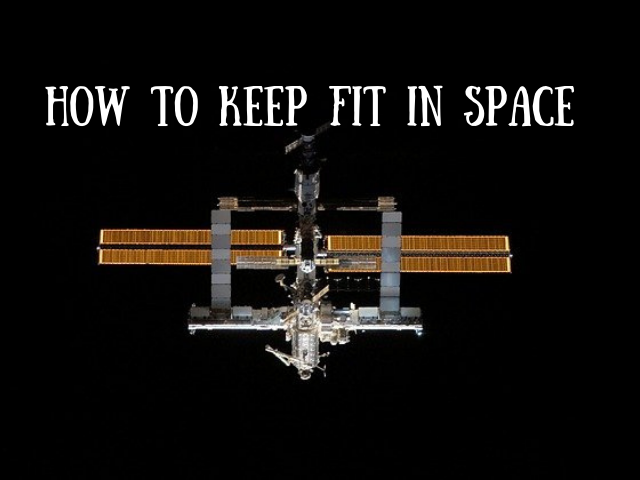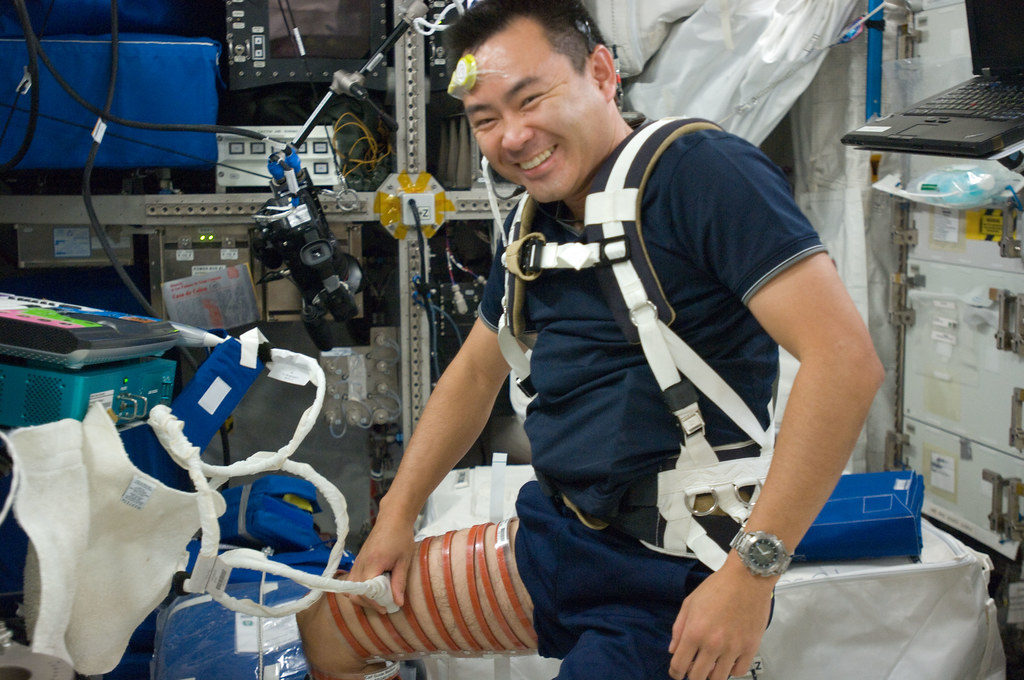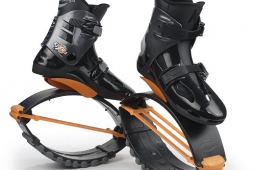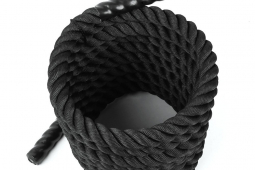Staying Fit in Space

How Astronauts Stay Fit on the ISS
Staying fit in space is no longer a topic for science fiction novels. With the International Space Station continuously staffed, trips to Mars in plan via Space-X and Virgin Galactic testing their own rockets – space is more accessible than ever.
Everyone knows that there is no gravity in space. What many of us don’t realise is just how big a role gravity plays in our day-to-day fitness. The simple act of pumping blood upwards gives our hearts a workout. Add in muscles and the bones that support them and simply standing up helps to keep things toned.
On board the space station, exercise is vigorous. Two hours a day are dedicated to countering the effects of weightlessness. This page looks at why this is important, and what special equipment is needed.
Effects of Zero Gravity on Fitness Levels
Imagine lying in bed for months at a time. This gives you an idea of the effects of weightlessness, even when you are floating from place to place.
Without gravity your heart does not work as hard. Your muscles don’t need as much power to move you around, and slowly waste away. Without the tension from muscles, your bones don’t need to be as tough, and they also start to degrade.
Without regular workouts, the scientists in space would return to Earth in terrible shape. A long trip to Mars in the future could result in frail humans landing on the Red planet.
No Gravity = Weight Training Problems
In the space station, you could easily lift a 200lb barbell with just one finger. Strength training on Earth depends on our gravity. This is what makes it hard to lift things, creating the positive cycle of muscle micro-damage and more robust regrowth.
This means that specialist equipment is needed on to stay fit in space. Instead of relying on weights or body weight workouts, resistance equipment is needed. This uses springs, pulleys, and cables to recreate the resistance of weights on Earth. If you have ever used a Bullworker Bow, you will know the format.

Keeping Fit in Space: Add Some Cardio
Resistance training is vital to maintain muscle mass and bone strength. On top of this, Cardio workouts are needed. These will help with heart and lung health, something that can easily fade away due to the (relative) ease of pumping blood in space.
On the Space Station, a specially designed treadmill and exercise bike are available. These are used for both longer sessions and more intensive sprints. Cardio alone would not counter the debilitating effects of space travel. What is important is the balance of strength training, cardio, and a healthy diet. If that sounds familiar, it also works brilliantly right here on Earth.
Future Fitness in Space
Looking forward, there are breakthroughs required in equipment design and medicine before we become truly multi-planetary. When the Space X ‘Starships’ start their trips, multiple passengers could be making the trip. This will mean compact equipment that can be shared around is needed.
When we land on Mars, that tough environment will need fit and healthy people to arrive there.
Wrapping Up: Less Gravity = More Exercise
With two hours per day dedicated to workout out, people on the ISS often come back in better shape than when they left. Fitness is not optional in space. The negative effects are both serious and debilitating. Nobody wants their muscle and bones to deteriorate – let alone a weak heart.
The good news is that technology and medicine are both progressing fast. By the time you take your first space trip, everything you need to keep fit will be ready to use.
More Popular Pages This Month:


